The Legendary Origins Of Halloween Mystical Creatures
Halloween’s got quite the backstory, and it’s not all trick-or-treat and candy corn. The roots of Halloween can be traced back to the ancient Celtic festival of Samhain. Held on the night of October 31st, the Celts believed this was when the boundary between our world and the spirit world was at its thinnest. People would light bonfires and wear costumes to ward off roaming ghosts.
Then Christianity stepped in with All Saints’ Day, or All Hallows’ Day, on November 1st, and the night before became All Hallows’ Eve. Throw in a couple of centuries, some immigration, and the melting pot of American culture, and boom, you get the Halloween we know today, complete with all its spooky trappings.
But let’s not forget the starring role that mystical creatures play in this eerie theater. From witches brewing potions in cauldrons to ghosts haunting old mansions, these characters come straight from the folklore and myths that have been passed down through generations. They’re not just about the scare factor; they offer a window into the fears, beliefs, and creativity of our ancestors.
DISCLOSURE:
All of my posts on this website do contain affiliate links. They will lead you to other blogs i have written about Bigfoot Stories. There are also Amazon Products links on this Blog.
So If you click on any link and make a purchase, As an Amazon Associate I earn from qualifying purchases. It is also at no additional cost to you to explore these links.
Folklore and mythology are like the original campfire stories. Shared and reshaped through centuries, these tales have stuck with us, becoming part of the fabric of Halloween. So the next time you’re carving a pumpkin or donning a spooky costume, remember these traditions are steeped in history—intertwining ancient rituals with the modern celebration of all things supernatural.
The Enigmatic Witches: From Ancient Lore to Halloween Symbolism
Witches have been casting their spell over our imaginations for centuries. Their story is a tangled web of history, folklore, and a dash of hysteria. Back in medieval Europe, witches were often seen as cunning folk, using spells and potions for healing or harm—but mostly healing. However, the fear of the unknown turned them into figures of dread and suspicion.
One of the major influences on how we see witches today is actually literature. Shakespeare’s ‘Macbeth‘ gave us the iconic image of three ‘weird sisters‘ brewing trouble, literally. Fast forward to modern times, and we’ve got witches ranging from the wicked to the whimsical. Think Elphaba from ‘Wicked’ or Sabrina, the teenage witch. Their portrayals may vary, but the fascination remains.
Then there’s the dark chapter of the witch trials. These were a series of events that snowballed into a sociopolitical frenzy. Women, and sometimes men, were accused of witchcraft with little to no evidence leading to brutal trials and executions. This period isn’t just a scar on history; it’s a window into how societies react under pressure and fear.
But here’s the twist:
Witches are also seen as symbols of independence and rebellion, especially in recent years. The image of the witch has been reclaimed by those advocating for empowerment and breaking societal norms. It’s fascinating how a figure once feared has become a symbol of strength.
When you see witches as part of Halloween festivities—whether it’s a pointy hat at a costume party or a spooky decoration—remember, these figures carry a rich tapestry of history with them. They’re not just spook-tacular add-ons; they’re testaments to human endurance, storytelling, and the ever-changing nature of folklore.
The Ghostly Apparitions: Tales of the Unseen
Ghost stories have been sending shivers down our spines for ages. The concept of a ghost varies across cultures, but the core idea remains the same: spirits of the dead lingering among the living. Ancient Egyptians believed in ka, a spirit that would live on. Meanwhile, in Chinese folklore, ghosts could bring bad luck or warnings.
Fast forward to medieval Europe, and you’ve got haunted castles and restless spirits filling the pages of gothic lit. Ever heard of the Headless Horseman from Washington Irving’s “The Legend of Sleepy Hollow“? Or the multiple ghostly tales spun around Hampton Court Palace? These stories not only freaked out their audiences but also left a lasting mark on Halloween traditions.
Now,
Ghost sightings and haunted houses are practically a holiday staple. Folks love them, whether they’re skeptics or full-on believers. Adventures like ghost tours get hearts racing while sharing a mix of local history and paranormal activity. And don’t forget the impact of pop culture—movies like “The Sixth Sense” and TV shows like “Supernatural” keep our fascination alive.
Of course,
There’s always a scientific angle to consider. Some experts say ghost sightings are just tricks of the light or our minds playing games. Others argue it’s electromagnetic fields or even infrasound—very low-frequency sounds messing with our senses. Whether you buy into the science or savor the mystery, the tales of ghosts loom large in our collective imagination.
When Halloween rolls around,
it’s our fascination with the supernatural that takes center stage. Ghosts tap into our most primal fears and curiosities about life after death. It’s no wonder they’ve become an inseparable part of Halloween storytelling, reminding us of the thin line between the living and the spectral.
Vampires: From Folklore to Pop Culture Phenomena
Vampires have a bite to their history that goes beyond just fangs and blood. These creatures of the night can be traced back to ancient myths and legends, with roots in Eastern European folklore. The fear of the undead was so prevalent that villagers even performed burial rituals designed to keep the dead in their graves, relying on garlic and wooden stakes to keep the bloodsuckers at bay.
read more great stories on
Fast forward to 1897, and Bram Stoker’s ‘Dracula‘ turns up. Stoker didn’t just write a book; he created the blueprint for the modern vampire. Dracula wasn’t just a monster; he was sophisticated, charismatic, and downright terrifying. The book influenced everything that came after—from Bela Lugosi’s iconic portrayal to the sleek vampires in modern movies.
Then came the big screen and television. Think ‘Nosferatu,‘ one of the earliest horror films, to ‘Interview with the Vampire,’ where the undead navigated their eternal lives with existential angst. TV shows like ‘Buffy the Vampire Slayer‘ and ‘The Vampire Diaries’ turned vampires into complex characters we could love and fear at the same time. The Twilight Saga even made them sparkle, for better or worse.
Why are we so hooked on vampires?
They represent a mix of fear and fascination with immortality, power, and the darker side of human nature. Vampires are shape-shifters, not just in the literal sense, but in how they’ve evolved in stories—from terrifying to tragic to romantic.
Vampires are a Halloween staple because they embody everything we love about the holiday—mystery, danger, and a touch of the macabre. When you see folks donning capes and slipping in fangs, they’re channeling a rich history that’s been refined and redefined over centuries.
Vampires: A Handbook of History & Lore of the Undead Kindle Edition
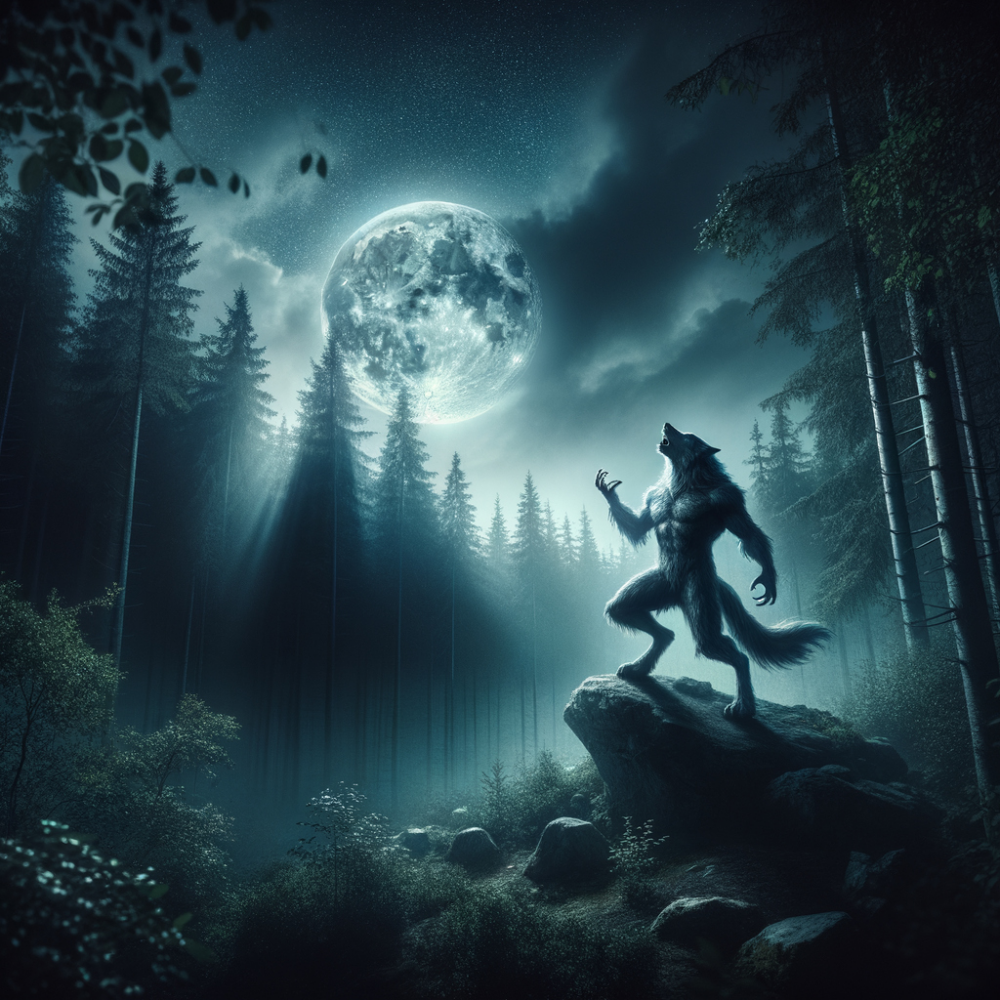
Werewolves: Legends of Transformation and Terror
Werewolves are the ultimate ‘howl at the moon’ legends, embodying both fear and fascination. Stories of humans transforming into wolves or wolf-like creatures have been told across numerous cultures. From ancient Greece to Nordic mythology, the idea of shape-shifters has intrigued and terrified people for centuries.
Terrifying Transformations: An Anthology of Victorian Werewolf Fiction, 1838-1896 Paperback
In medieval Europe, werewolf legends often involved lycanthropy, where someone could transform into a wolf through magic or a curse. Unlike the sexy, modern werewolf, these ancient beasts were often depicted as savage and uncontrollable, a reflection of deeper fears about the wild and untamed.
Psychologically,
werewolves tap into primal fears about losing control and becoming something society considers a monster. During times of great stress or change, it’s no wonder these stories gained traction. They personify the boundary between the human mind and animalistic instincts, a theme still gripping today.
Hollywood, of course
, latched onto this. From Lon Chaney Jr.’s unforgettable role in ‘The Wolf Man‘ to modern dramas like ‘Teen Wolf,‘ werewolves have been eternally popular. They’ve evolved from mere horror icons to complex characters dealing with identity, control, and duality.
What’s intriguing is how werewolves have transformed within storytelling. They’re not just creatures causing havoc on full moons; they’ve become symbols of inner conflict, emotional struggles, and societal pressures. Modern cinema and literature have given these creatures layers and depth, making them more relatable and fascinating.
Here is a blog i did on :
Werewolves: The Myths, Transformations, And Modern Interpretations
Next Halloween, when the full moon is up and you hear a distant howl, remember the rich, complex history of werewolves. They aren’t just seasonal haunts; they’re part of a long tradition of exploring the human condition through the prism of the supernatural.
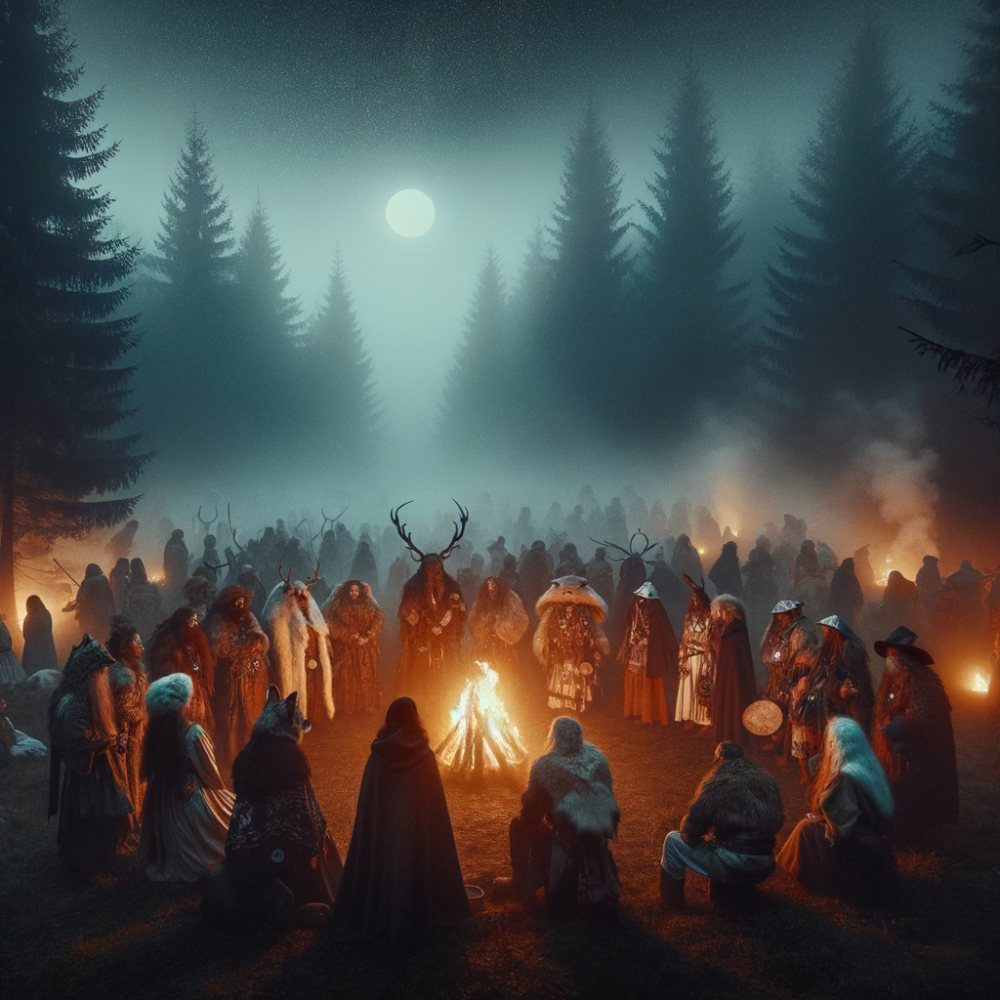
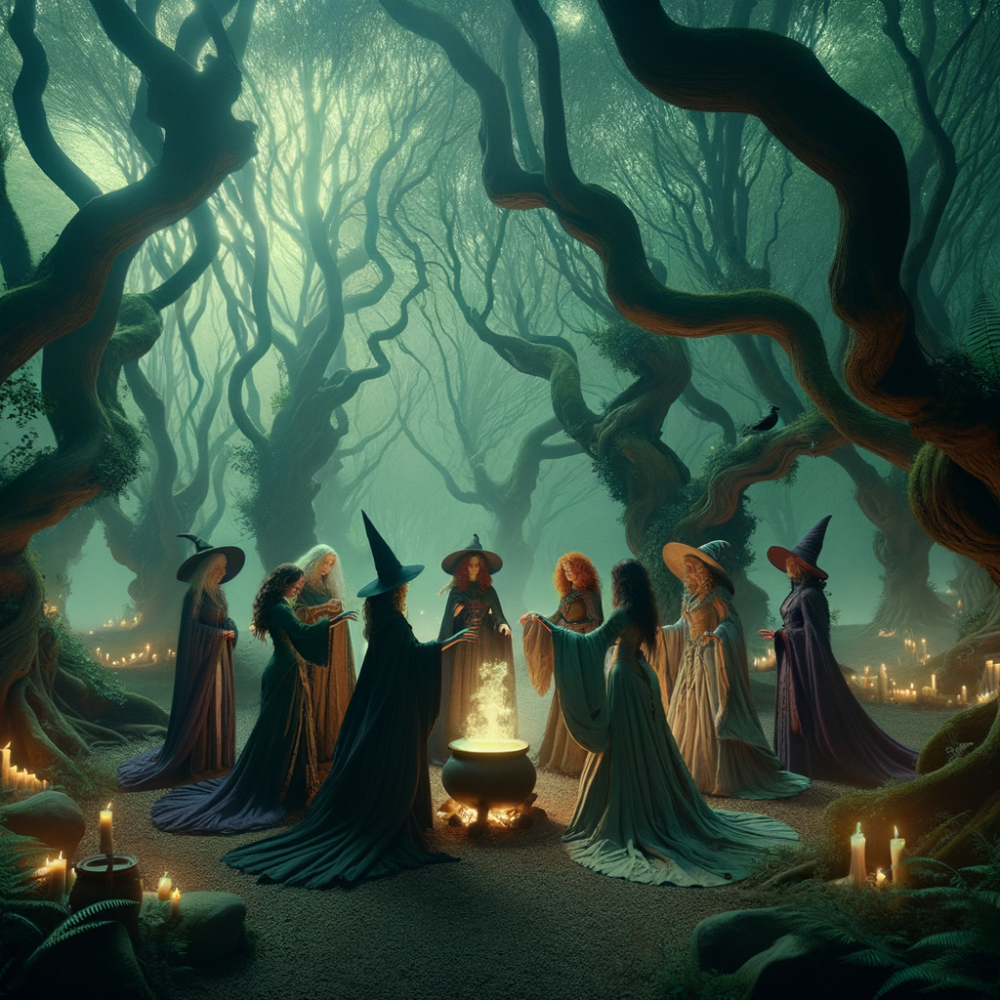
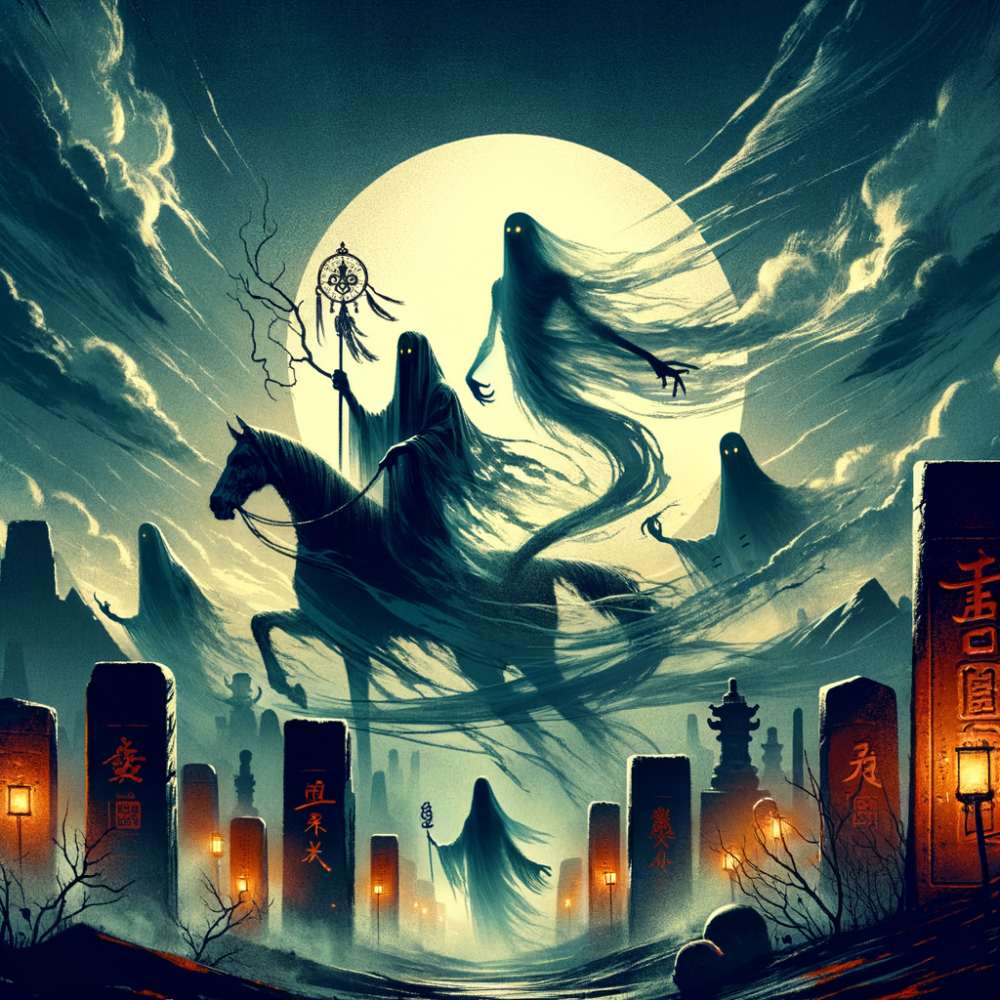

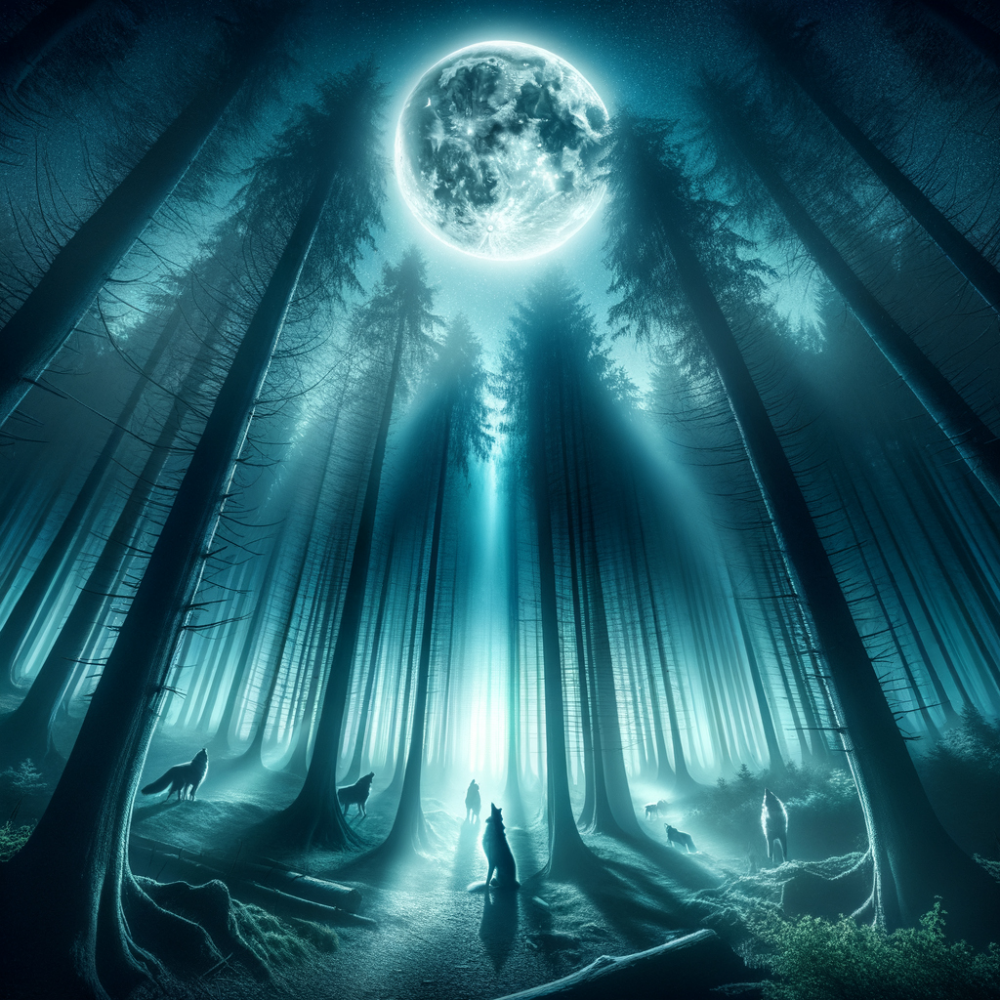
I’ve always been fascinated by the mystical creatures we associate with Halloween, especially witches and ghosts. My friend Mors once told me about the ancient Celtic festival of Samhain, which was like the OG Halloween. It’s wild to think people back then really believed that spirits would roam the earth and wore costumes to blend in with the ghosts! I love how these traditions have evolved into what we celebrate now, but it’s cool to know that behind the fun costumes and candy, there’s a lot of history.
Speaking of mystical creatures, I’ve always wondered about the connection between witches and Halloween. We see them everywhere this time of year like pointy hats, cauldrons, the whole deal. But it’s interesting that witches weren’t always seen as the bad guys. Hahahah! They were healers and wise women, though society later twisted that. I’m curious, what do you think is the most misunderstood Halloween creature? 👻
Hey Macfais9,
Thanks for following my stuff i really appreciate it, Yes the history behind Halloween is truly amazing.
for your question – what do you think is the most misunderstood Halloween creature? 👻
Well that is a good question hands down for me would be Frankenstein, not a lot of people know the history behind this Halloween creature.
All the Halloween creatures are truly amazing filled with great stories.
Thanks again for the great comment.
Werewolves and vampires were my biggest fear when I was a child. Reading stories about them made me shiver with fear that they might jump out of the book, that I didn’t even want to touch any pictures or pages that they were on.
So to see them feature so highly in Halloween, comes as no surprise to me. But were they ever actually real? Or was it the ancient myths about supernatural powers and the mystery surrounding them, that made people think that they existed?
Hi LineCowley,
Then you’re reading the right stories, as if they don’t give you shivers then the story was not done right.
For your amazing questions
But were they ever actually real?
Vampires – They are a myth they are not real
but i did find this Jure Grando Alilović or Giure Grando (1578–1656) was a villager from the region of Istria who may have been the first real person described as a vampire in historical records. but this is the closest thing that comes to any records.
Werewolves – is a mythological animal and the subject of many stories throughout the world—and more than a few nightmares. Werewolves are, according to some legends, people who morph into vicious, powerful wolves. Others are a mutant combination of human and wolf, It is said that humans can be turned into werewolves by having been bitten by another werewolf. Getting scratched is a questionable way of becoming a werewolf, but most don’t believe in it. However, both of these only work if the werewolf in question is in wolf form.
2 Question
made people think that they existed?
The stories did a really good job with this, then once people started researching them and saw that there were a few things written about them in the past they took the stories.to a new level.
I hope some of this helped you.
Thanks again for the great comment.
I’ve loved werewolves and vampires since I was a kid! They are super interesting because they show how different people see these creatures in stories. I think it would be fun to learn more about how different cultures tell stories about werewolves and vampires during Halloween. Also, I really enjoy seeing pictures of them, especially when they are spooky! It makes Halloween even more exciting!
Hi AJ,
Thanks for this amazing comment, The month of Oct i’m doing 4 blogs with a 5th blowout blog for Halloween night. and your comment just gave me an amazing idea for that blog, thank you i have been raking my brain thinking about it for the last week.
This is what i will title it .
“What Halloween stories in different cultures can tell us ”
For helping me with this title if you like i can promote your website on that blog Halloween night ! just let me know in private messages what you would like me to put in the article for you. I will add lots of spooky pictures like this .
Thanks again for the great comment and all the help
Hello,
Wow, this post is such an engaging dive into the legendary origins of Halloween’s most iconic creatures! I really appreciate how you wove in both the historical roots and the modern interpretations of witches, ghosts, vampires and werewolves.
It is fascinating to see how these figures have evolved from folklore and fears into the complex, sometimes even empowering, symbols they are today. I especially loved the part about witches being reclaimed as symbols of independence and rebellion, what a powerful transformation!
Halloween truly is not just about the spooky fun; it is a reflection of centuries-old storytelling, beliefs and the human imagination. Definitely gave me a new perspective on these mythical beings as I gear up for this year’s celebrations.
Thank you for sharing this post.
Hi Starlight,
Thank you for the awesome comment, yes i love how the stories tell both sides of Halloween it truly is one of my favorite time of the year.
stay safe and enjoy
Thanks again
I am not one for acknowledging Halloween, but it was interesting to read the history of how it all came about. It is a shame that witches have gotten such a bad name over the centuries as in real life they often were there to help people and not cast wicked spells like some tales tell. They may have been a bit rebellious, but a lot of innocent women got burnt at the stake for nothing.
I always wondered why werewolves only come out at full moon. Do you know how this came about?
Hi Michel,
well im glad i could help open your eyes more to Halloween it is truly a lot of fun and filled with excitement. So thank you for taking the time to comment and share your thoughts. now for your great question
werewolves only come out at full moon. Do you know how this came about?
In European lore, the werewolf often embodies the dual nature of humanity, the struggle between civilised society and primal instincts. The full moon serves as the catalyst for this metamorphosis, a monthly reminder of the delicate balance between the human and the beast within.
hope this helps you
When I viewed your website, I had to scroll down to see everything. The stories are fascinating, but having pictures to break up the text might make the text more readable. Also, make your background a little less dark—readers will follow things better if they can see the words. I hope these comments help you improve your website.
Hi Elride,
Yes thank you all for the great advice, i made the background dark as it gives that special spooky look. but i will see what i can do to fix that. Thank you for taking the time to read and to engage my post.
Take care
Hi there
Your article has enlightened me, I never really understood why Halloween is celebrated in certain parts of the world. This post helped me appreciate the history behind Halloween, explaining its origins in Samhain, a Celtic festival marking the end of harvest season. I also learned about the fascinating connections between trick-or-treating and ancient traditions, and the history of candy corn. I was intrigued by how mystical creatures like witches and spirits became associated with Halloween, offering a new perspective on the holiday’s evolution from folklore to modern celebrations. In what ways do different mythologies influence modern Halloween celebrations?
Annastasia
Hi Annastasia,
Your comment is very moving to see that it has helped you with the spirit of Halloween i’m truly glad that you have enjoyed the article. now for you amazing question
In what ways do different mythologies influence modern Halloween celebrations?
In fact, the origins of Halloween began over 2,000 years ago with the Celts celebrating the pagan holiday known as Samhain, which marks the beginning of winter. This time of year was believed to be when the veil between the dead and the living was the thinnest and people would wear disguises to ward off spirits
and
The tradition originated with the ancient Celtic festival of Samhain, when people would light bonfires and wear costumes to ward off ghosts. In the eighth century, Pope Gregory III designated November 1 as a time to honor all saints. Soon, All Saints Day incorporated some of the traditions of Samhain.
hope this helps thanks again take care
Halloween and its legendary origins are always intriguing, especially when it comes to mystical creatures. I love how different cultures contribute their own myths and legends to the holiday. It’s amazing to think about how these stories shape our traditions today. Do you have a favorite creature from the post? I’d love to hear which ones you found the most interesting and how they tie into modern Halloween celebrations
Hey Andy,
Thank you for the great comment, Yes i agree with you 100% on what your saying and for your question i would have to say its the which and ghost and the reason why is these two stand out to me the most when i think about Halloween as it doesn’t matter what year it is these are the top favorites expressly today
“This article beautifully captures the rich tapestry of Halloween’s origins and the fascinating mystical creatures associated with it! I love how it delves into the legends that shape our understanding of this holiday. The connections to ancient traditions and folklore really bring the spirit of Halloween to life. Thank you for sharing this insightful piece!”
Kind regards Tim
Hey Tim,
Thank you for enjoying it, People like yourself are why i enjoy blogging about these beings. I enjoy hearing about peoples encounters or hearing how a story can open one’s mind. also a big favorite part is helping people see what stands behind things that make them great today the history is everything without it there is no story.
Thanks again for following me and reading my article means a lot to me
A very interesting article which is perfect for Halloween. I love the fact that you take us through the years of mystical characters and describe the origins and history in such fascinating detail.
Like many others Halloween is always a great opportunity to get “spooked” in what we have created in recent years. I am from the UK and it is clear that the American side of Halloween has now filtered through to us in the same way.
As a child I loved trick or treating and then playing games such as “bobbing apples” together with a Soda Cream on a cold winters day. As I have grown up the selection of Scary Movies has far increased but the best ones for me are anything regarding the supernatural as you have mentioned in your article here.
What is the reason behind the Trick or Treat as I have never understood this association to All Hallows Eve?
Thank you for such a great article.
Hi lmelda,
What an incredible comment, Thank you for taking the time to share your kind thoughts.
I’m from Canada and you are so right we do the same thing here with Halloween there really is not much difference at all maybe a word or two. Halloween is Halloween Everyone goes trick or treating. it is like a right of passage.
for your question i will reply with something that happened and some places they did do it. So i put a link in the reply for you. The link is a free read to help you more.
People would dress in their spooky made costumes, leave food offerings to appease spirits at the Celtic festival of Samhain. Held on the night of October 31st, the Celts believed this was when the boundary between our world and the spirit world was at its thinnest. People would also light bonfires and wear costumes to ward off roaming ghosts.
interesting right ! So this second one is just a an old story that was once told, was people used to wear costumes on October 31st, to be able to trick the sprites that night so they wouldn’t be taken to the other side. if you opened your door that night you opened it and gave them an offering. who knows if this is true
Now look at today, It’s all in fun, right and the world has moved on from the old beliefs,Something that were so believed back then. But yet we still do the same things today, we dress up in costumes, we hand out candy, and people have big parties that night some with bonfires.
which is all true lol i hope i have helped you with your question
Thanks take care